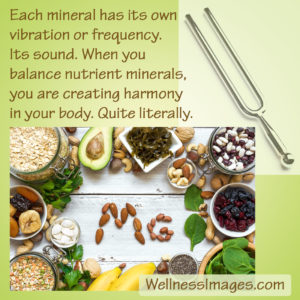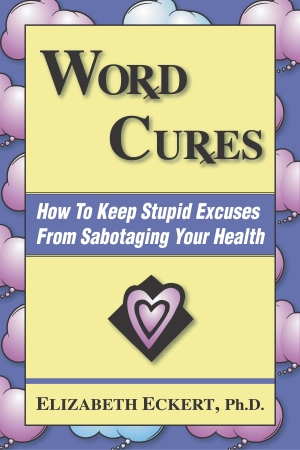What is Hair Tissue Mineral Analysis?

A few quick snips is all it takes to get your hair sample. (Follow the directions that come with the kit!)
Hair Tissue Mineral Analysis (HTMA) is an analytical test which measures the mineral content of the hair. This provides a unique window into the metabolic activity of the body at the cellular level, which is where most of the body’s energy production takes place. By exploring the nutrient levels of the hair tissue, we can consider likely effects and processes that may be occurring in other body tissue.
Hair is an ideal tissue to examine. It is free of the balancing mechanisms that affect the blood and is readily available for sampling. HTMA is considered a screening test. It is not diagnostic for illness; rather it shows trends that can be optimized in order to improve underlying body function.
Specific to soft tissue pain and dysfunction, several key minerals and mineral ratios may be involved:
When calcium is elevated relative to magnesium, proper calcium metabolism cannot take place. Calcium may precipitate into the soft tissues, challenging the body’s ability to relax the muscles. There are other systemic effects of this imbalance as well. While it may be muscle tension that first gets the person’s attention, calcium may also be getting deposited into the arteries and forming gallstones or kidney stones. Those with this pattern may also be at risk for osteoarthritis and osteoporosis.¹
Copper is required for the proper production of connective tissue as well as maintenance of the myelin sheath surrounding the nerves. Connective tissue surrounds all muscle groups and muscle fibers. If copper is low or bio-unavailable, the quality of a person’s connective tissue may be compromised. This includes impaired tissue repair and degeneration of cartilage.²
Low tissue phosphorus is another indicator of tissue health. When tissue phosphorus is low, it raises the possibility that the body is operating in a catabolic state due to inadequate protein consumption or protein synthesis.³
The sodium to potassium ratio, if elevated, indicates increased sensitivity to pain and an increased inflammatory state in the body. Other contributors to inflammation that may be revealed on a HTMA test include low zinc, high copper and high levels of toxic metals. Low calcium levels also increase sensitivity to sensation.4
What can we learn from Hair Tissue Mineral Analysis?
- Nutrient mineral balance
- Effectiveness of the body’s adaptation to stress
- Faster or slower oxidation rate (can guide food choices)
- Ability of the body to utilize certain hormones at the cellular level
- Level of adaptive reserve
- Insight into the body’s ability to detoxify itself
- Mineral excess or deficiency correlations with certain symptoms
- Guidance on building an individualized program to enhance vitality
- Excellent screening and monitoring tool
How does Hair Tissue Mineral Analysis work?
- You provide a small hair sample directly to the Trace Elements International lab. The lab fee is $43, which you pay directly to the lab when you submit the sample.
- You also fill out a short questionnaire and return it to me.
- The lab returns your test results to me by email. I prepare a summary report, and then forward the lab results and summary to you. Then we schedule a time to review the material. The consultation can be done in person or by phone or Skype.
- Depending on the situation, I may recommend including another test or two under the same consultation fee (example: iodine loading test). This is case by case.
- The lab and consultation reports include basic short-term (generally 3 months) dietary and supplement recommendations. Retesting is recommended after about 3 months.
- While clients often begin feeling better quickly, re-mineralizing your body can take some time.
- Please ask questions! Email support for one month helps you get onto the protocol successfully. Support coaching can also be very helpful.
Hair Tissue Mineral Analysis
I consider this an important part of our functional health programs, and a great way to monitor your progress.
Please schedule a short call to see if this sounds like a good fit for you.
Contact me for a no-cost 20-minute conversation.
(email info@wellnessimages.com)
References:
¹ Trace Elements Incorporated Lab Reports. Trace Elements, Inc. 4501 Sunbelt Drive, Addison, TX 75001 USA.
2-4 Wilson, Lawrence (2014). Nutritional Balancing and Hair Tissue Mineral Analysis. The Center for Development, Inc.
More in-depth support and health detective work
is available through
Functional Nutrition Consultation.






